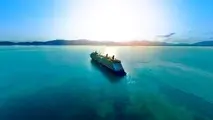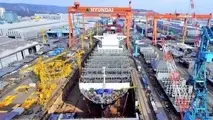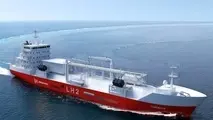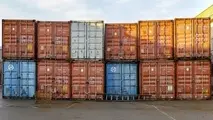An (Electric) Jolt for the Passenger Vessel Industry
The domestic passenger vessel answers the call for cleaner and more efficient platforms. It is truly an electric time to be a part of this niche industry.
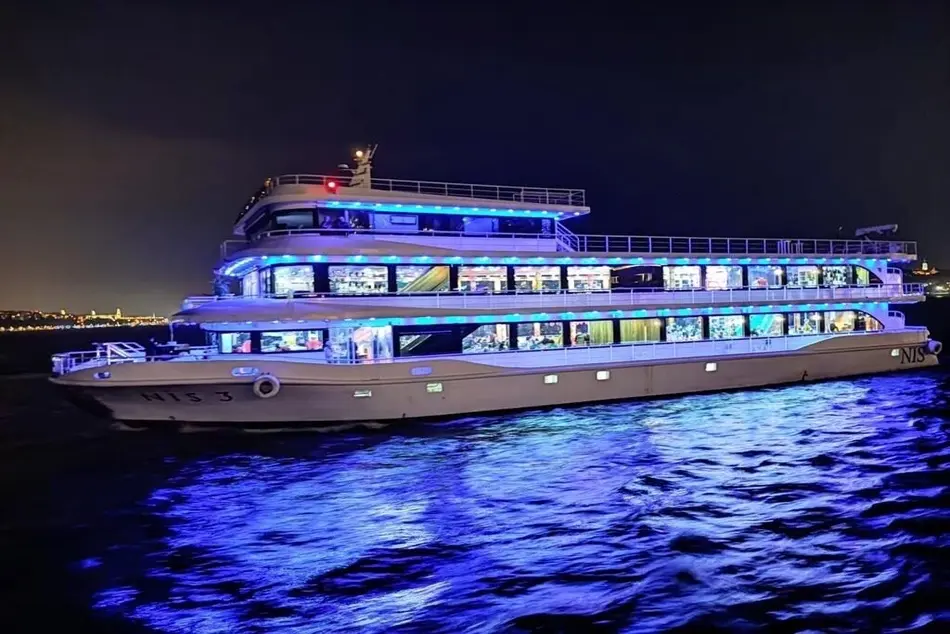
The domestic passenger vessel answers the call for cleaner and more efficient platforms. It is truly an electric time to be a part of this niche industry.
In the shadow of a rapidly changing political landscape, the domestic passenger ferry sector is nevertheless seeing an increasing number of newbuild vessel orders. Older fleet vessels, some approaching financial and operational obsolescence – also environmentally undesirable on a waterfront that more than ever demands cleaner carbon signatures – are going the way of the dinosaur. Making this happen requires a creative, collaborative and determined approach.
A combination of innovative vessel designs and public-sector financing incentives is steering vessel operators towards fleets powered in part (and, in some cases, entirely) by electric power or alternative fuels now becoming available on a commercial scale. In urban areas, propelled by local pressure to pull commuters out of their cars and onto cleaner modes of transport has been a driving force. In many cases, private finance is leveraged with public finance, typically in the form of Federal and State monetary grants. Separately, river and coastal cruising, mainly supported by private money, is also seeing an uptick in activity. Both efforts have this important industry on a true course for future success.
An Electric Voyage: That Ship has Sailed
The Washington State Ferry System (WSF) , the largest in the country (9.7 million passengers and 9 million vehicles in 2023), is in the midst of a major electrification program, hoping to electrify its fleet by 2050 at a considerable cost estimated (as of September 2024) to be around $4 billion. The state’s Department of Transportation (WSDOT) declared, “… as the biggest contributor of greenhouse gas emissions among Washington state agencies, WSF burns approximately nineteen million gallons of diesel fuel to support nearly twenty million passengers every year. This innovative electrification program will drastically reduce greenhouse gas emissions and save millions in fuel costs.” The ambitious plan involves the conversion of six existing diesel-powered vessels to hybrid-electric power and building 16 new hybrid-electric vessels, as well as deploying shore charging at 16 terminals. As many as 13 conventionally powered vessels will be retired.
In May, 2024, invitations went out to potential bidders on the first tranche (up to five vessels) of newbuilds with capacity for up to 160 automobiles. In September, 2024, pre-qualification bid packages were received from three yards: Nichols Brothers (on Whidbey Island), Eastern Shipbuilding Group (ESG), and Philly Shipyard . WSDOT expects two new hybrid-electric vessels to enter service in 2028 with an additional three vessels in service by 2030.
ABB , with vast experience in vessel propulsion systems, has been hired to work closely with WSDOT, who advised, “ABB will select and integrate the technology that will power the new vessels, from the engine and batteries to the propellers. They will design a complete propulsion system, oversee the timely delivery of equipment, and offer expertise in equipment installation and commissioning.” Additionally, ABB would be involved extensively in training crews on both vessel operation and system maintenance.
Retrofitting of one existing Jumbo Mark II diesel vessel, Wenatchee (212 vehicle capacity) to hybrid power, has been underway since September 2023 at Vigor Shipyard’s Harbor Island facility (in Seattle). WSDOT explained, a year into the job, “Major work completed to date on Wenatchee includes removal of two propulsion diesel generators, installation of electric power conversion and distribution equipment, upgrades to obsolete propulsion control equipment, reconfiguration of piping systems, and build-out of two new battery rooms. Ongoing work includes installation of thousands of feet of electric and fiber optic cable. From there, the battery modules will be installed.”
Two sister boats, Tacoma and Puyallup, are next in line for conversion to hybrid, with work beginning at the Vigor yard after Wenatchee’s anticipated return to service in Summer, 2025. Next in line for conversion to hybrid electric will be WSF’s Kwa-di-Tabil class vessels (748 passengers/64 vehicles), the CHETZEMOKA, SALISH, and KENNEWICK. Contracting will not begin until after the conversion work on the Jumbo Mark II boats is completed.
Follow the Money: Federal Funding
In September 2024, the Federal Transit Administration (FTA, part of the U.S. Department of Transportation) awarded $299.3 million in grants across three programs – the Electric or Low-Emitting Ferry Pilot Program ($49 million), the Passenger Ferry Grant Program ($56.3 million), and the Ferry Service for Rural Communities Program ($194 million). These follow on to the $384 million that had been awarded in the previous year.
The biggest winners in the 2024 FTA funding rounds were the Alaska Department of Transportation, which will be seeing $177 million of funds for enhancing service on the Alaska Marine Highway, and for the design and construction of a new diesel electric vessel, to replace the 60-year-old MATANUSKA (450 passengers, 83 vehicles), and to add wi-fi service to the fleet. The FTA explained, “The new ferry, which will feature a diesel-electric propulsion system, will serve rural southwest Alaska, improving service, reducing greenhouse gas emissions, and preserving a vital transit lifeline.”
Electric power also figured in other 2024 awards. Delaware River Bay Authority will be using $20 million to fund a new diesel-hybrid ferry, which will be replacing CAPE HENLOPEN (1981-built / 800 passengers / 100 cars). Separately, in Florida, the Jacksonville Transportation Authority will be getting $15.6 million to buy a new diesel hybrid-electric ferry to serve serving numerous communities on the St. Johns River. A host of terminals will be getting funds to support ‘modernization’, including the Maine Department of Transportation . In November 2024, Rhode Island-based Senesco Marine launched the CAPT. ALMER DINSMORE, a 154-foot vessel (250 passengers / 23 vehicles) powered by a hybrid diesel/electric system, built for Maine State Ferry Service (MSF) to serve the Rockland / Vinalhaven run.
Out on the left coast, in California, SWITCH Marine received U.S. Coast Guard approvals for its SEA CHANGE, a 75-passenger ferry with electric motor propulsion using 360 kW fuel cells powered by compressed hydrogen (supplemented by lithium-ion battery storage). That vessel will be operated by Blue & Gold Fleet, a contractor for San Francisco Bay Ferry (SFBF) in San Francisco Bay. The vessel, in a project six years in the making, is also the subject of high-level scrutiny in the Golden State. California Governor Gavin Newsom insists, “California is a global leader in the fight against the climate crisis, pioneering new technologies to ramp up clean energy and cut pollution — that’s why the zero-emission SEA CHANGE is so exciting.”Switch Maritime (which had been helped early on by a grant from the California Air Resources Board, or CARB, and by support from heavyweights such as oil giant Chevron) recently announced plans for a much larger RoPax vessel (300 passengers, 80 automobile) in conjunction with partners LH2 Shipping and LMG Marin (a Seatrium subsidiary). The vessel, if built, would utilize a DNV-classed liquid hydrogen fuel source design, for a RoPax currently operating in Norway.
